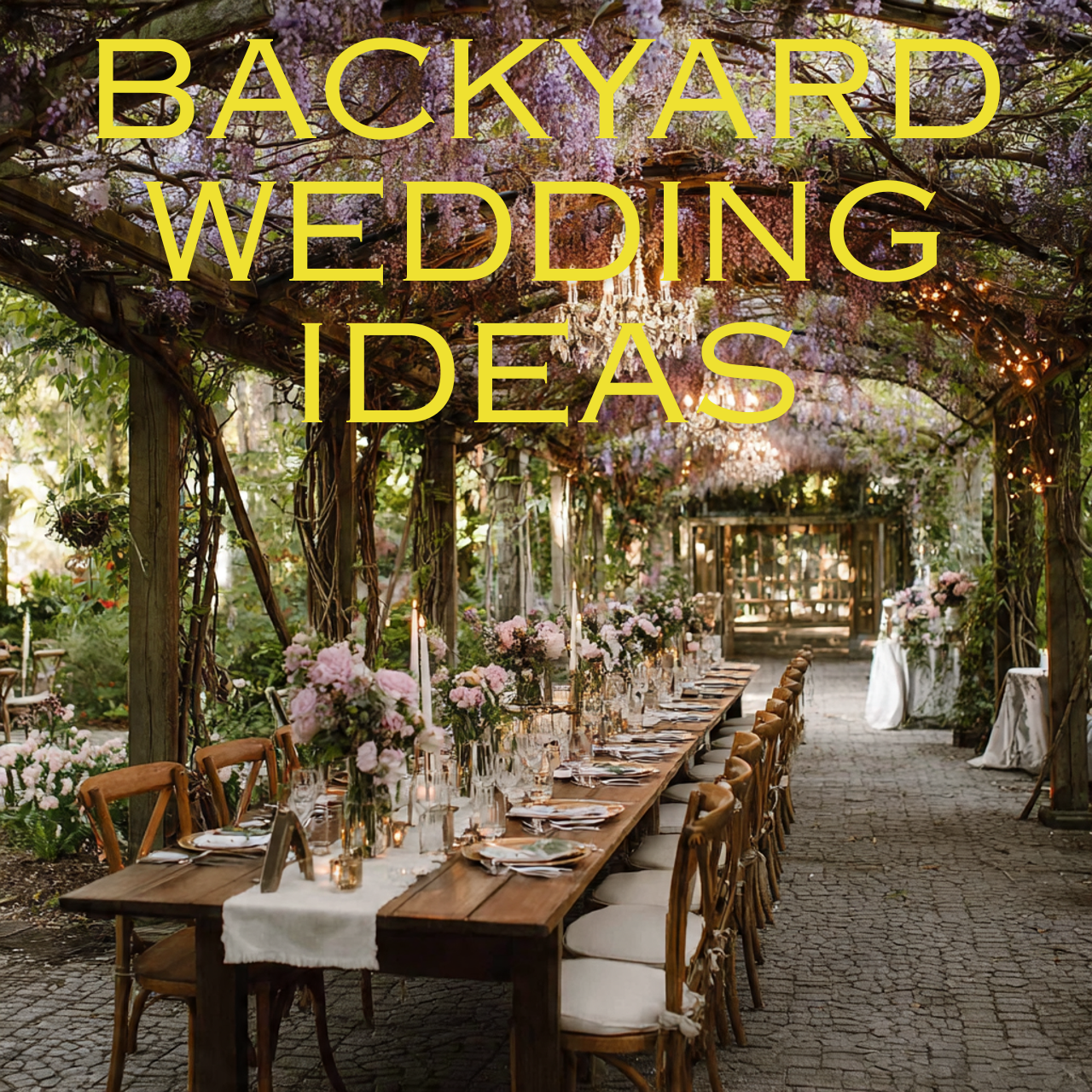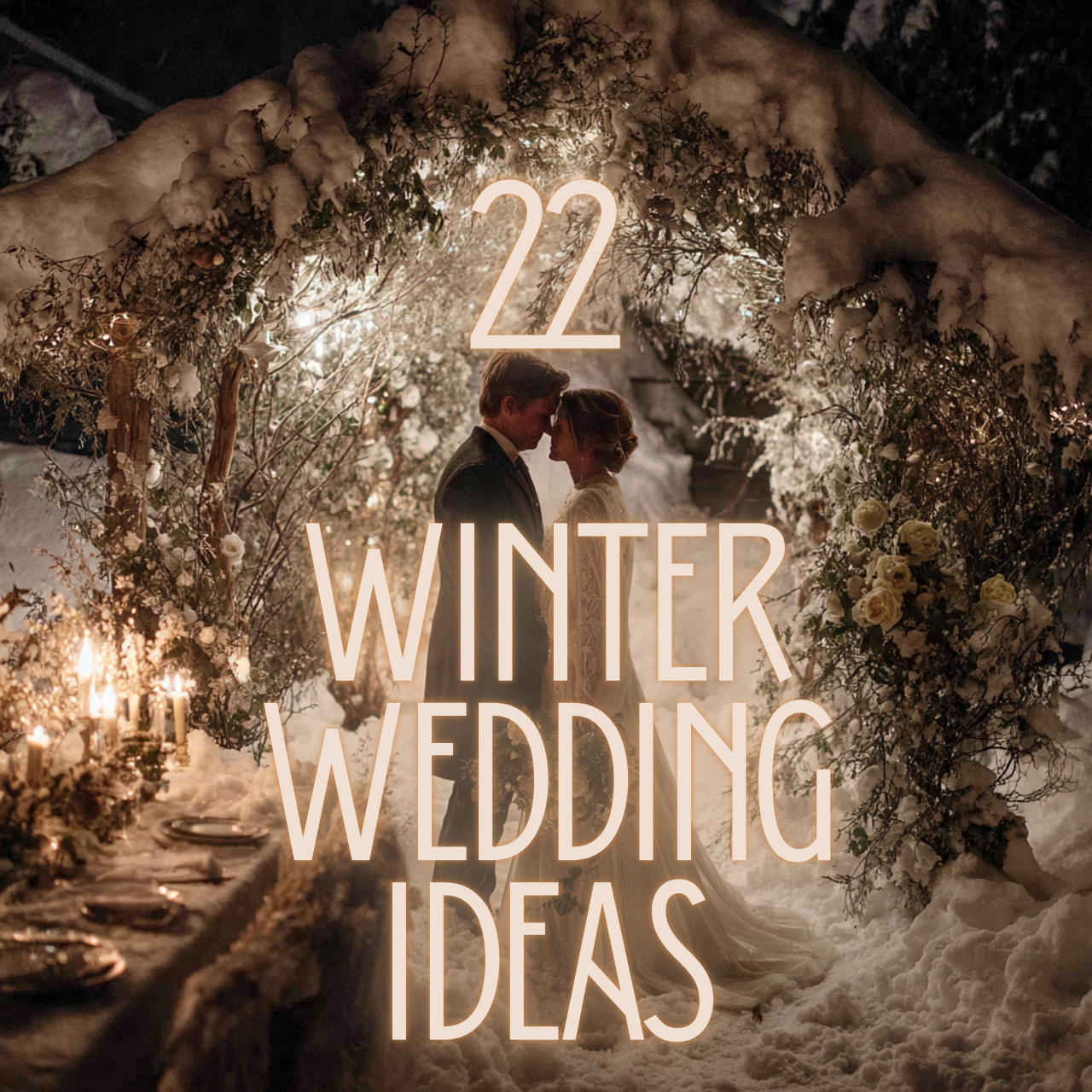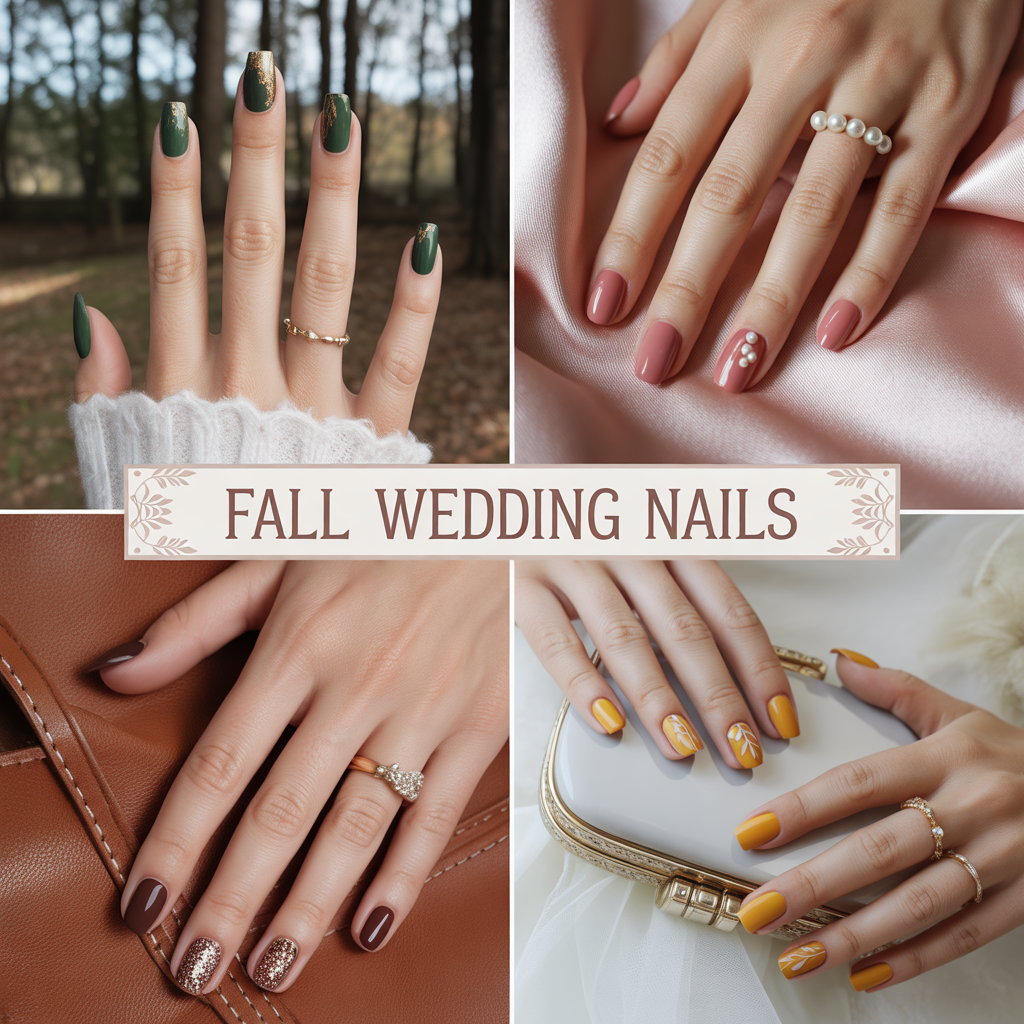25 Polish Wedding Traditions That Add Heart and Heritage to Your Day
Polish wedding traditions, Polish weddings carry a depth of emotion, ritual, and cultural meaning that few modern celebrations can match. Rooted in centuries-old customs, influenced by regional folk heritage, and elevated by an unmistakable sense of community, these ceremonies combine symbolism, humour, spirituality, and heartfelt family unity. Many couples today are rediscovering Polish wedding traditions not as restrictive rules, but as timeless elements that add soul and memory to their day.
Below is a robust guide exploring 25 powerful, emotional, and culturally rich ideas inspired by Poland’s wedding customs.
Polish Wedding Blessing from Parents
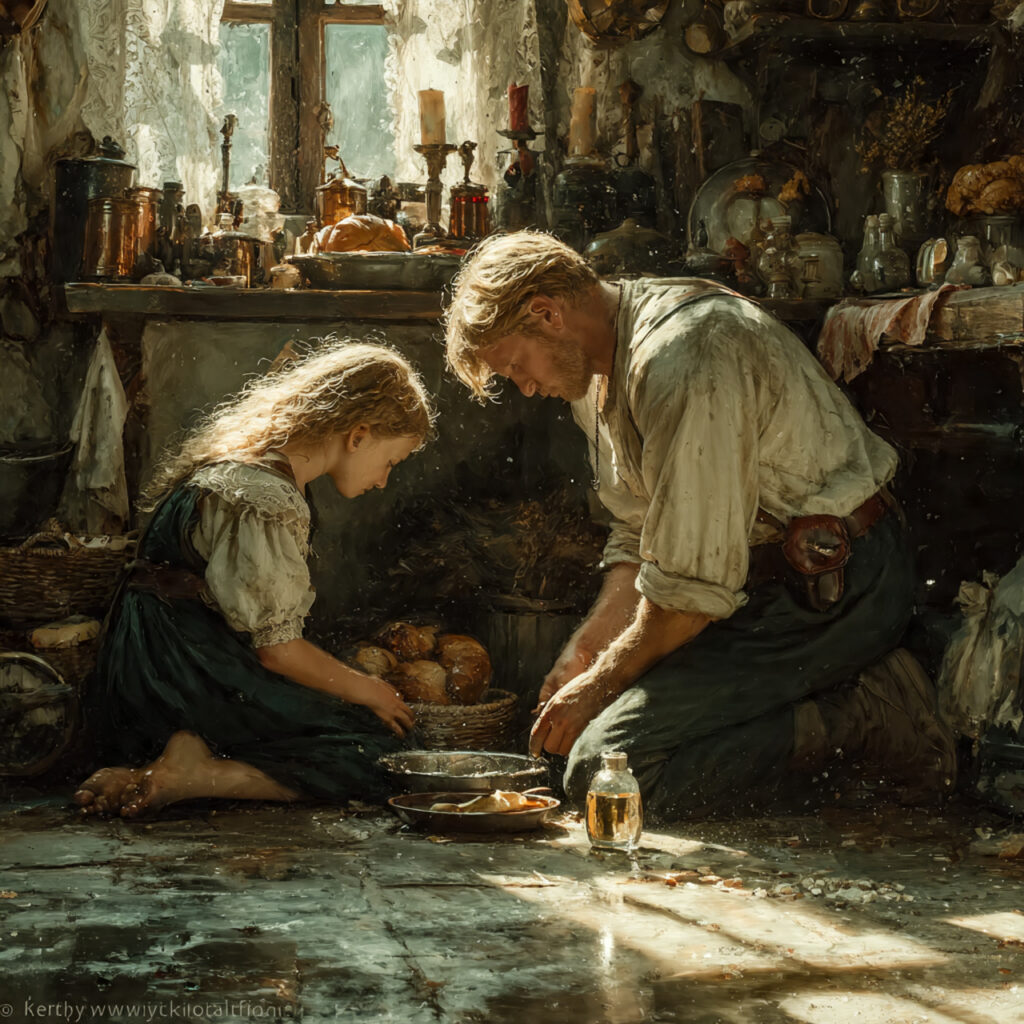
In Polish wedding traditions, The parental blessing is one of the most revered polish wedding traditions. The bride and groom kneel before their parents as elders place hands over them, offering prayer, life advice, and symbolic gifts of bread, salt, and holy water. This moment is intimate. Quiet. Personal. Many couples choose to do it privately at home before leaving for the church or venue. The mood is humble and emotional. It sets the tone for the day—gratitude, respect, and clarity of intention.
The Bride’s Veil and Unveiling Ritual

The unveiling ceremony, known as oczepiny, stands as one of the most iconic polish wedding traditions. At midnight, the bride removes her veil, symbolising her transition into married life. Folkloric music and a playful spirit surround the ritual. Some brides choose modern interpretations—replacing the veil with a flower crown or jeweled headpiece. The symbolism remains powerful: shedding girlhood, embracing partnership.
Sharing Bread and Salt

In Polish wedding traditions, Bread symbolizes abundance. Salt represents the inevitable hardships of life. Together, they capture the balance of human experience. As part of polish wedding traditions, parents greet the newly married couple with a tray holding bread, salt, and sometimes vodka. The couple takes a bite of bread, touches the salt, then takes a sip. It’s short but meaningful. A contract of resilience and unity.
Signing the Marriage Certificate with Witnesses

Polish weddings elevate the role of witnesses (świadkowie). They sign the legal documents and act as anchors for the couple. This element of polish wedding traditions reinforces accountability and friendship. Some couples write personal letters to their witnesses or gift them symbolic items to honor their role.
Polish wedding traditions Entrance
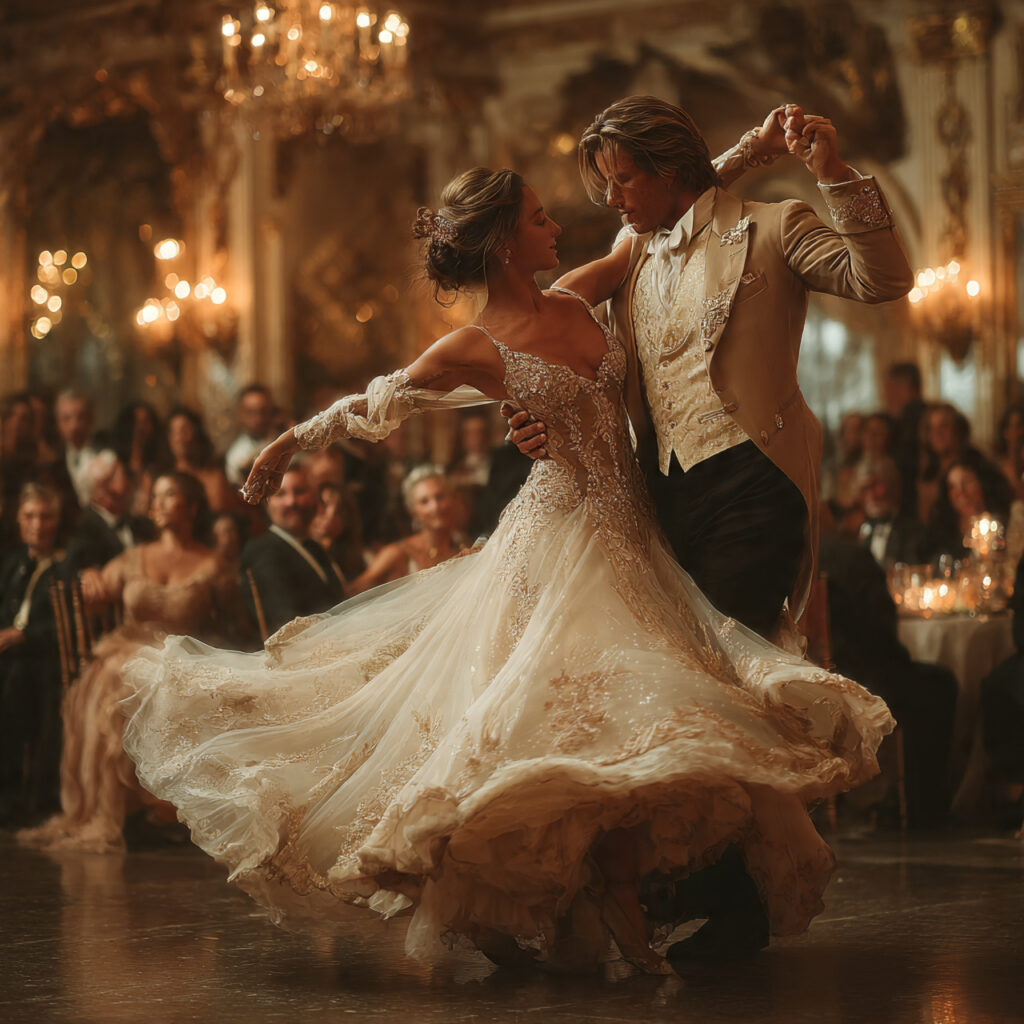
The Polonaise is a ceremonial dance that once opened royal events. Today, it can open a reception. In polish wedding traditions, it serves as a graceful, regal way to start the night. The couple leads guests in weaving patterns across the floor—hands linked, steps slow and strong. It feels dignified. Cohesive. Symbolic of community moving forward together.
Premium Vodka Table Tradition

Vodka is more than a drink it is ceremony. In polish wedding traditions, the vodka table is a sign of hospitality. Brands range from simple to luxury. Some couples place hand-labeled bottles or infusions made by family. Guests raise countless toasts throughout the night, each with meaning. It becomes a rhythm of joy.
The Custom of Throwing Coins
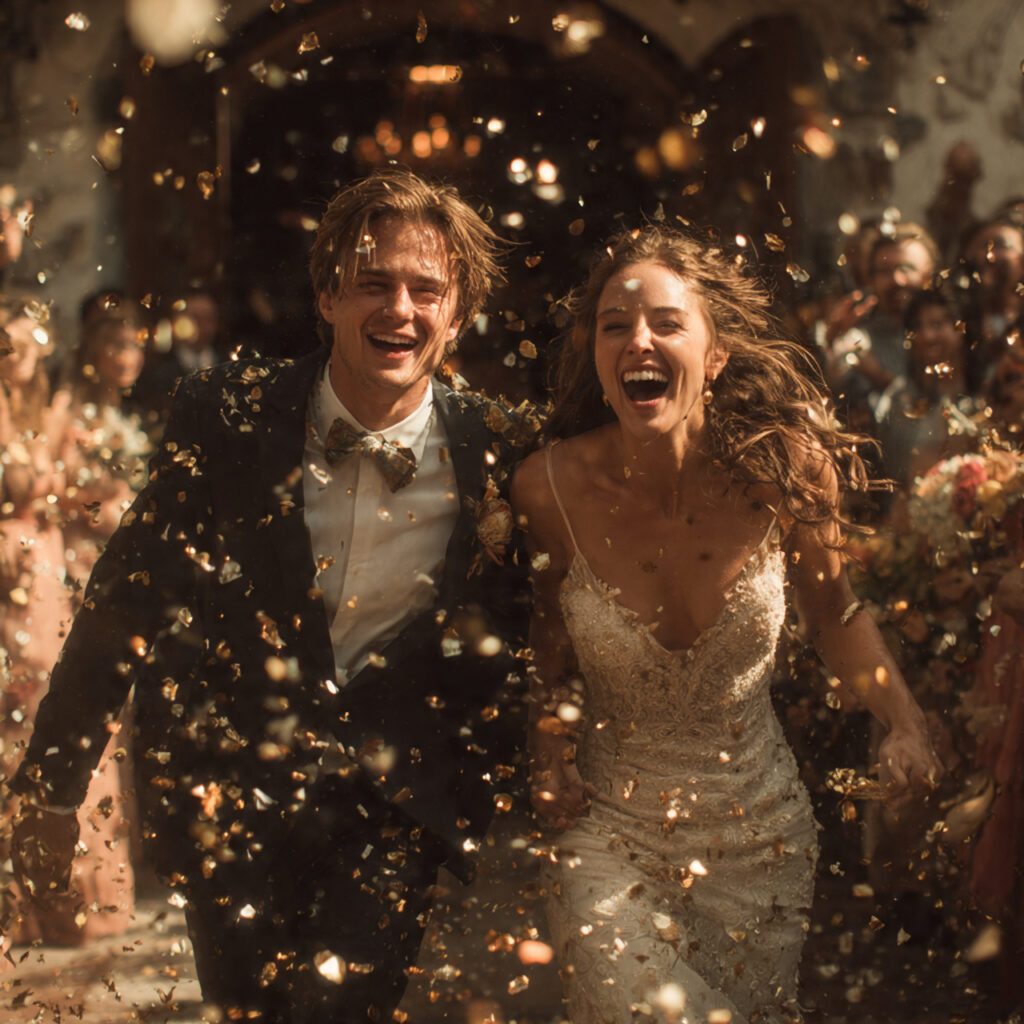
As the couple exits the church or ceremony, guests shower them not with rice but with coins. This is one of the most lively polish wedding traditions and symbolizes prosperity. The couple must pick them up together showing teamwork. Some couples save the coins in a keepsake box or donate them.
The Passing of the Wedding Bread

Some communities pass around a loaf of bread baked by the mother of the bride or groom. This bread is blessed, sliced, and shared, reinforcing unity and nourishment—core values in polish wedding traditions. The loaf often carries braided designs, seeds, or symbolic motifs.
Regional Folk Costumes for Photos
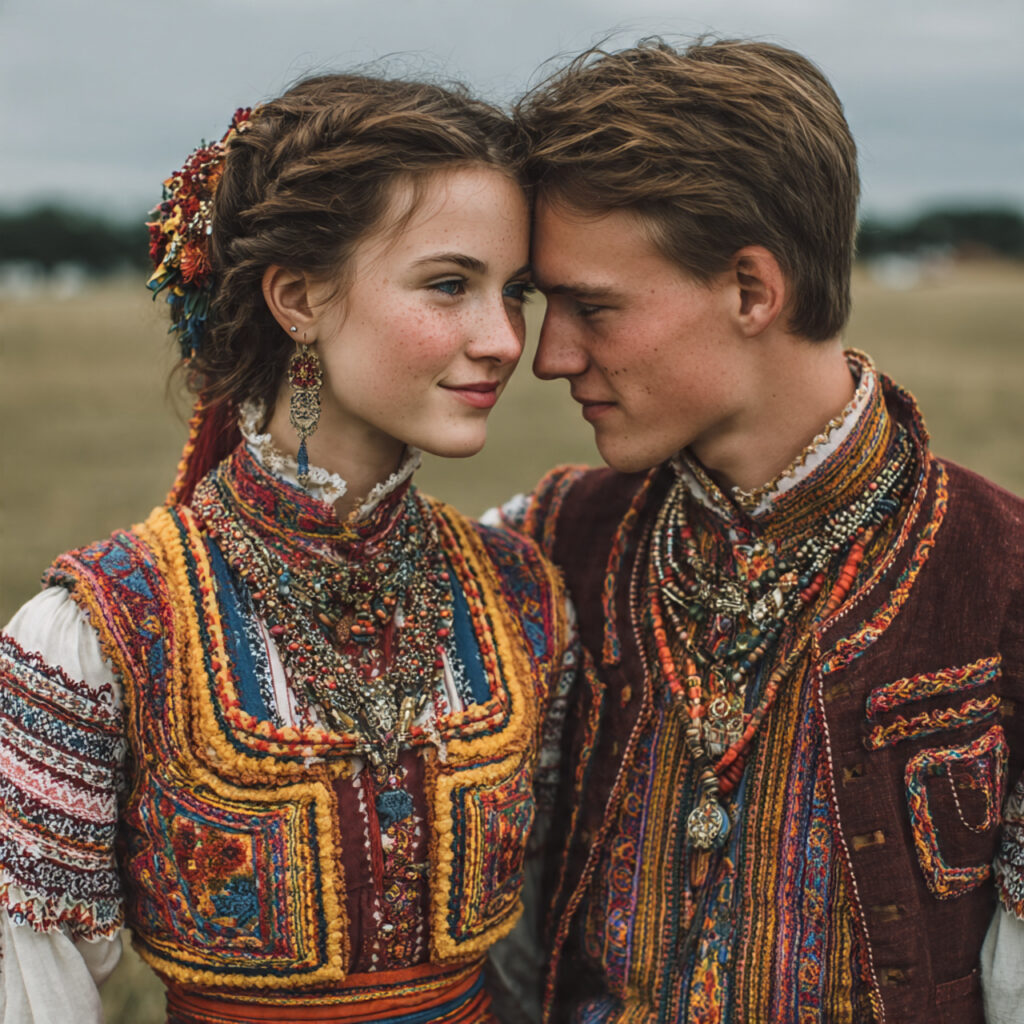
Poland’s regions—Kraków, Podhale, Kashubia, Łowicz—each have distinct folk attire. Couples inspired by polish wedding traditions sometimes wear these outfits for their engagement shoot or morning-of photos. The visuals are spectacular. Vivid embroidery. Strong colours. Centuries of symbolism stitched into fabric.
The Oczepiny Games
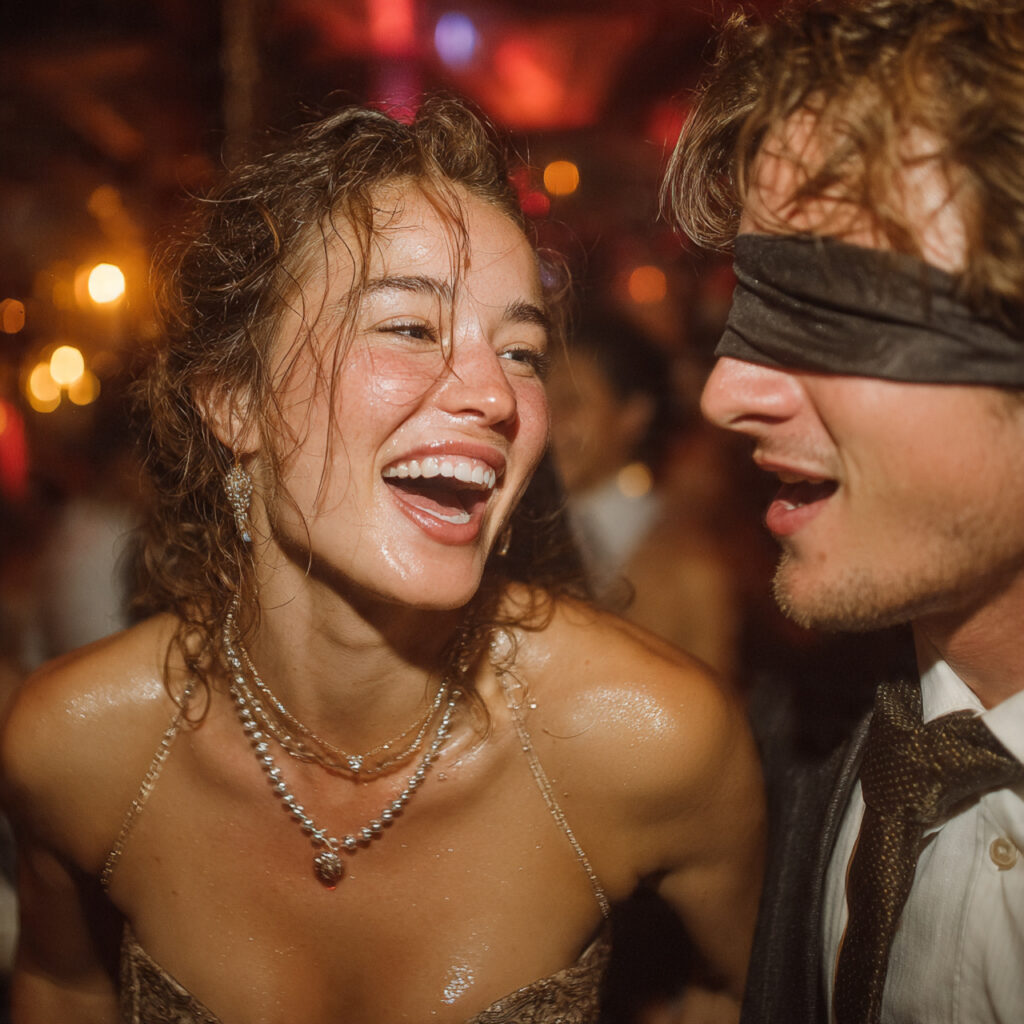
Beyond the veil removal, oczepiny includes playful games rooted in polish wedding traditions. Activities range from tug-of-war between singles to humorous couple challenges. It’s lighthearted chaos. Energy peaks at midnight. Modern couples can customize games to match their personality while keeping the ceremony’s joyful tone.
Gatekeeping Rituals on the Way to the Venue
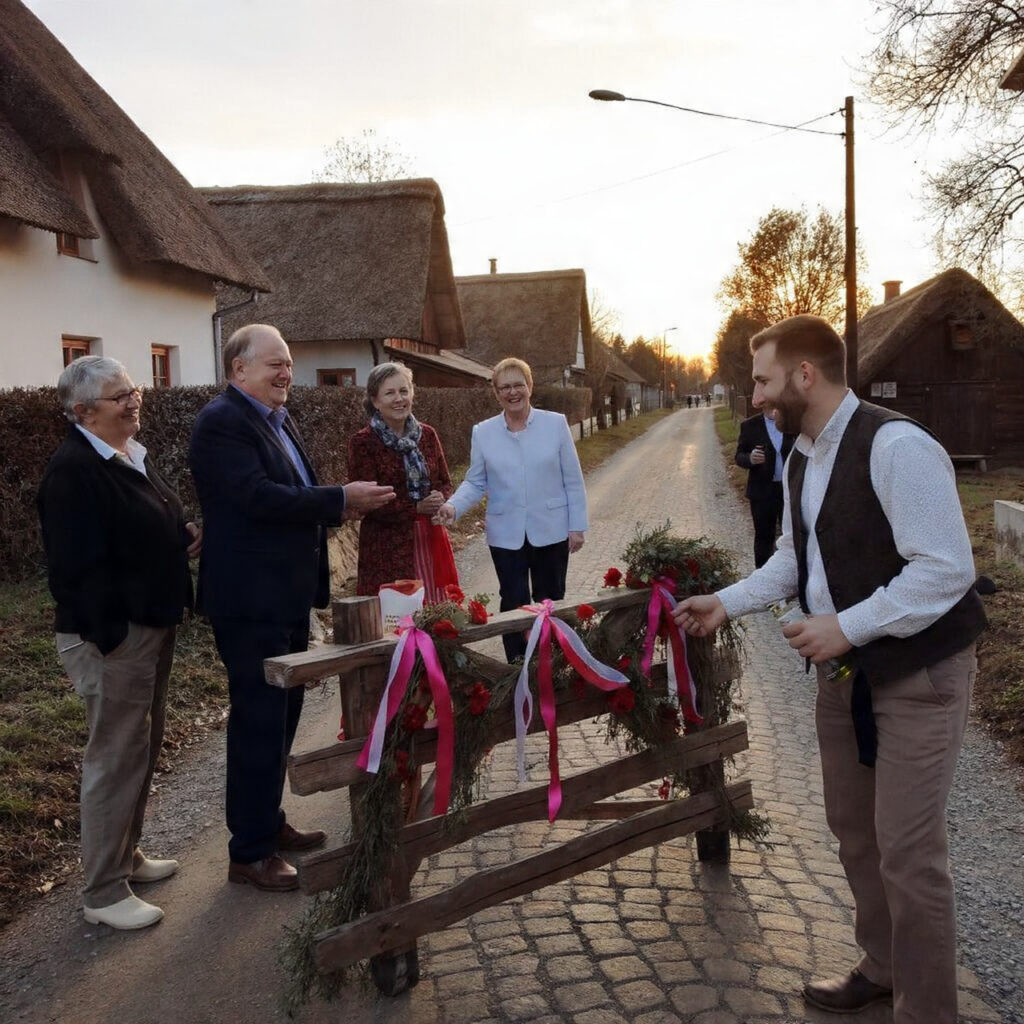
At rural weddings, locals or family set up playful “gates” or obstacles on the road. The groom must offer treats, vodka, or jokes to pass. This custom comes from old polish wedding traditions where neighbours ensured the groom truly deserved the bride. Today, it’s fun and interactive.
Blessing with Holy Water Before the Ceremony
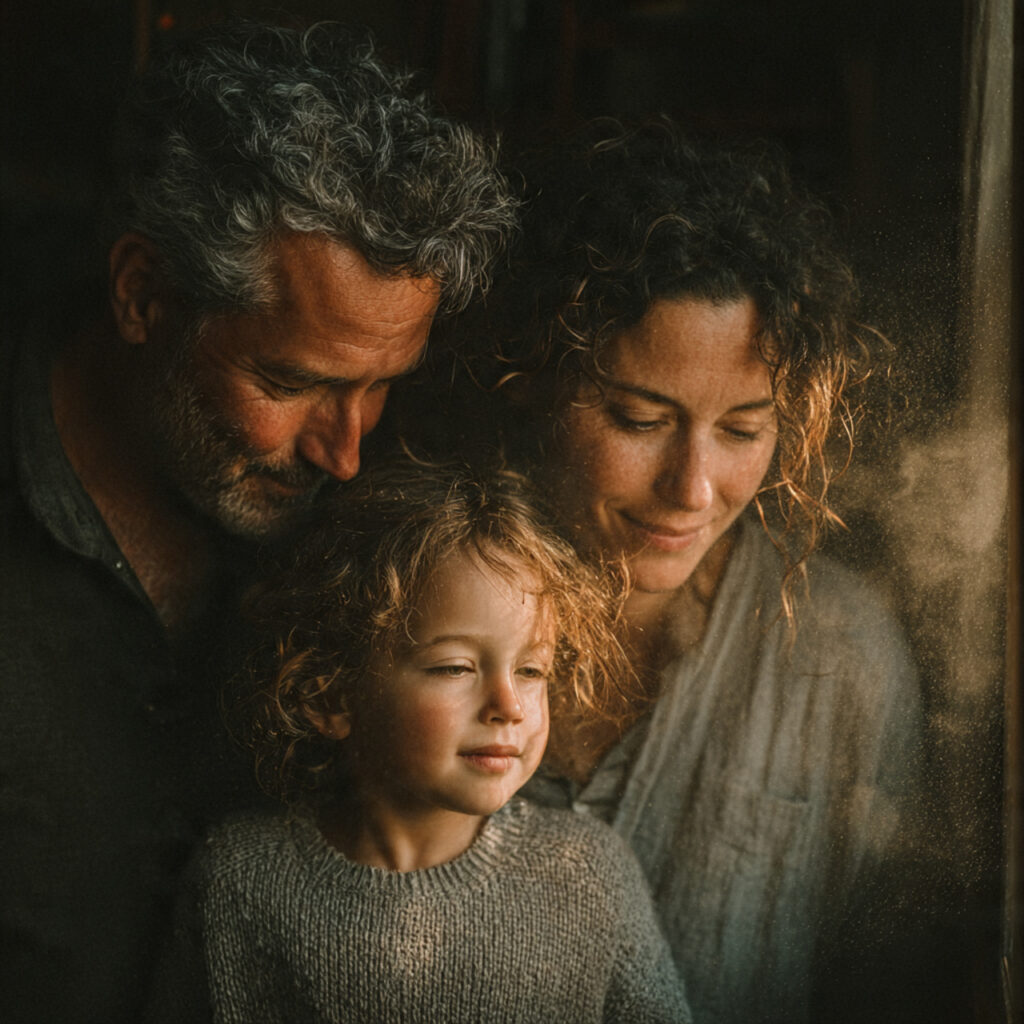
Religious couples sometimes receive a sprinkle of holy water before leaving home. This is a quieter polish wedding traditions element and signals spiritual grounding. Even secular couples adapt it by lighting candles or reciting meaningful words.
Traditional Polish Wedding Music
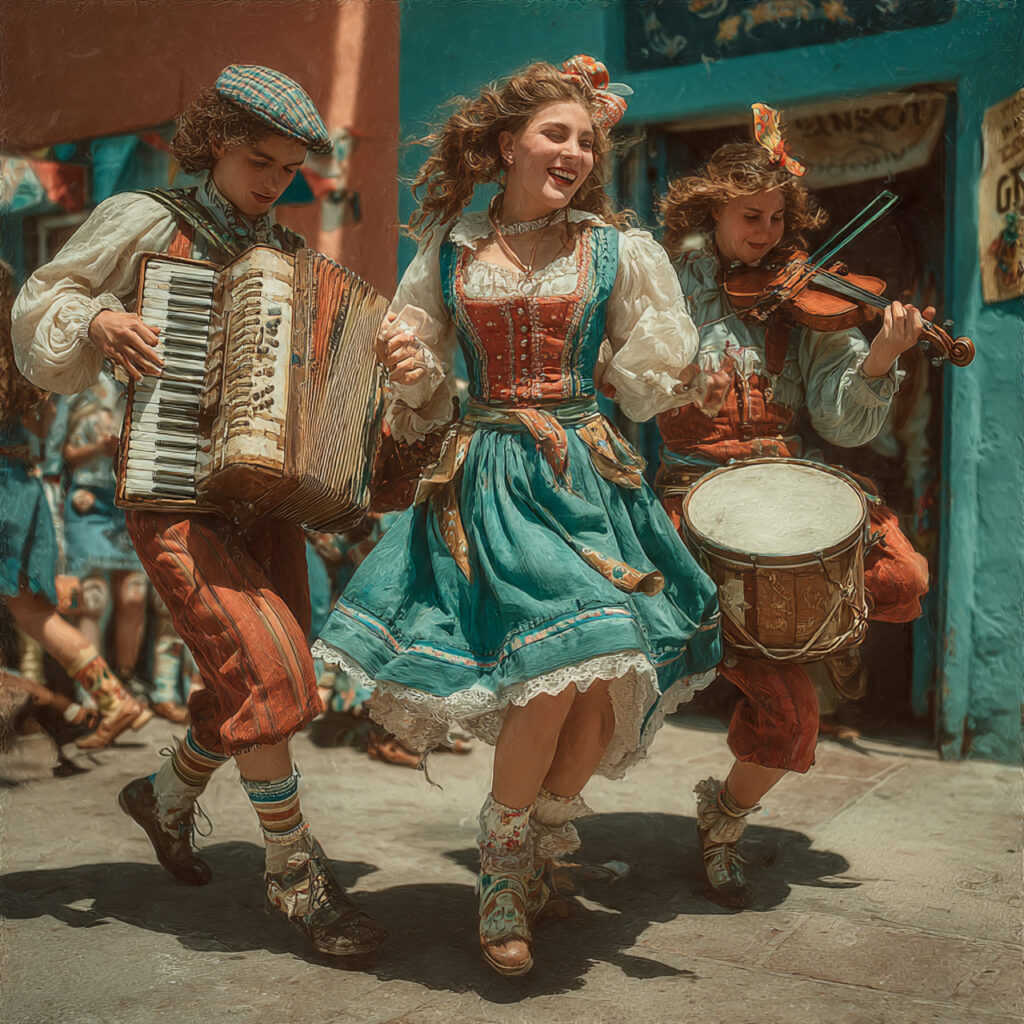
Accordion, violin, clarinet, and drums form the heartbeat of a Polish kapela. Couples embracing polish wedding traditions hire folk bands for an hour during the reception or for specific rituals. The sound is raw. Joyful. Communal. It anchors the wedding in heritage instantly.
The Symbolic First Toast

The first toast—often vodka—belongs to the father of the bride or a respected elder. This aligns with long-held polish wedding traditions. The message is short, intentional, and personal. Many families still expect this moment.
The Bridal Bouquet Toss with a Folkloric Twist
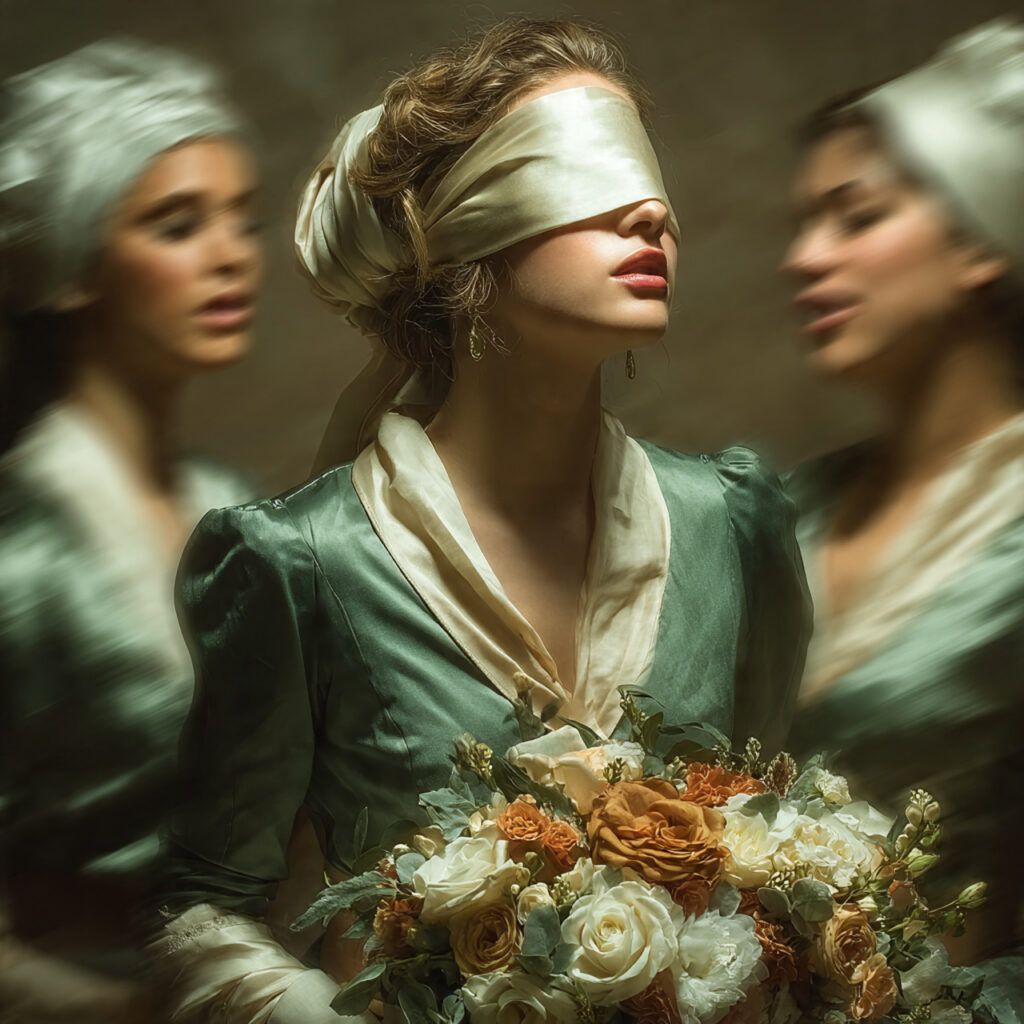
During the oczepiny, the bouquet toss is done blindfolded. This comes from older polish wedding traditions that infused mystery and fate into matchmaking activities. The bridesmaids circle around the bride to traditional music, adding humour and suspense.
Pierogi and Traditional Food Stations
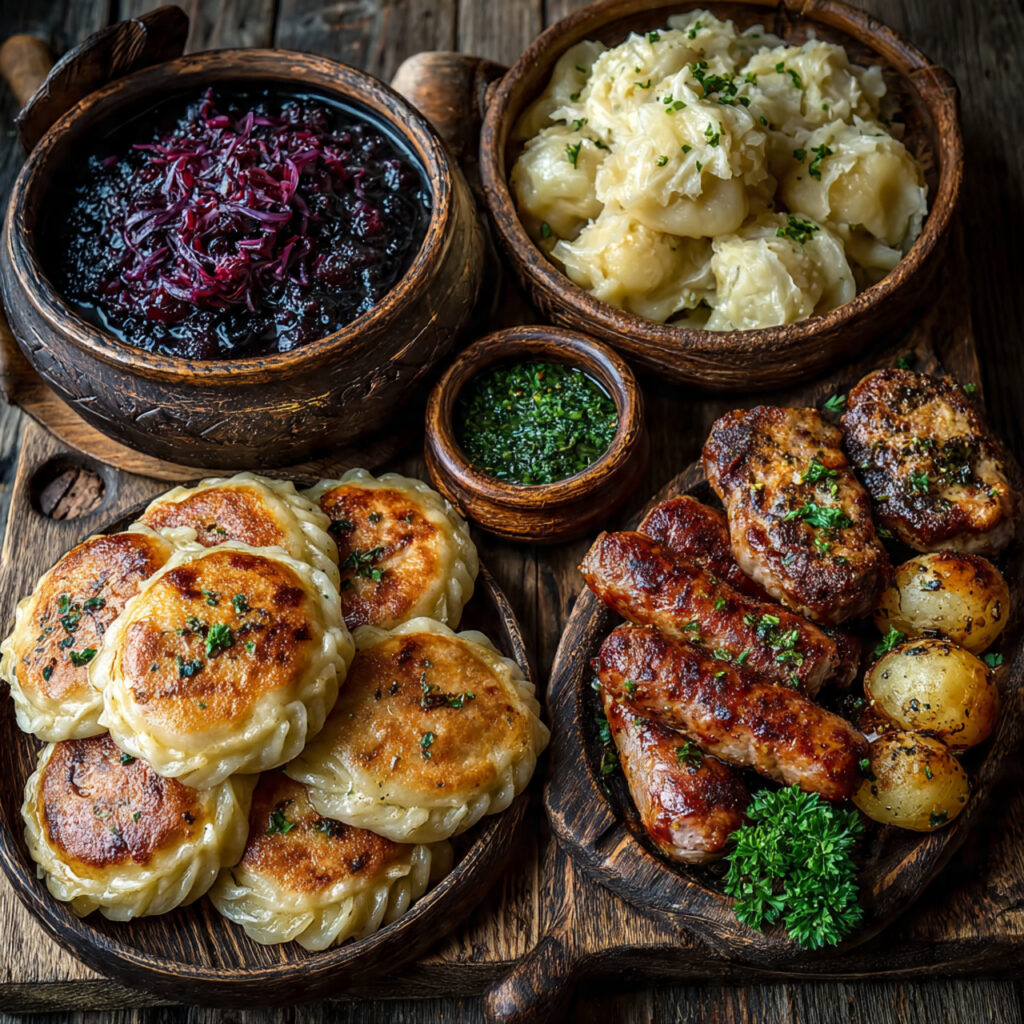
Food plays a central role in polish wedding traditions. Pierogi, bigos, kielbasa, żurek, and hearty breads appear in abundant spreads. Some couples set up themed stations—highland, Kraków, Silesian—for regional flair. Guests appreciate the cultural depth and comfort.
The Groom Carrying the Bride Over the Threshold

This ritual blends Slavic superstition with polish wedding traditions. Carrying the bride into the reception or future home protects her from bad spirits and symbolizes support. Many couples adapt it to outdoor entrances or modern venues.
Wedding Invitations Using Folk Motifs
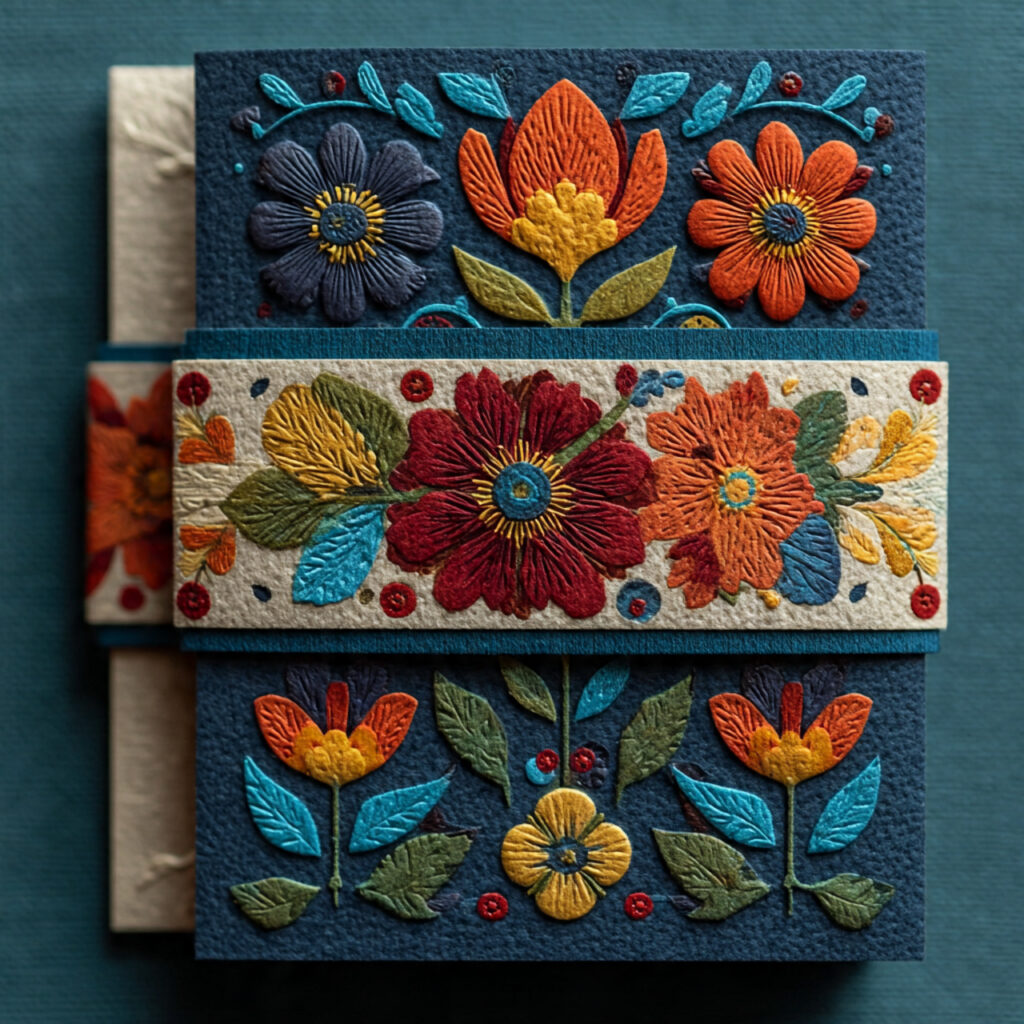
Patterns from Łowicz or folk cut-outs called wycinanki decorate stationery. Couples inspired by polish wedding traditions use these colorful, geometric motifs on invites, menus, and signage. The visual identity becomes cohesive and vibrant.
The Money Dance Tradition

During the taniec z panną młodą, guests pin money to the bride’s dress or place bills in a basket while dancing with her. This is a long-standing polish wedding traditions custom that symbolizes financial support and good wishes for the couple’s new life.
Blessing of the Rings with Holy Water
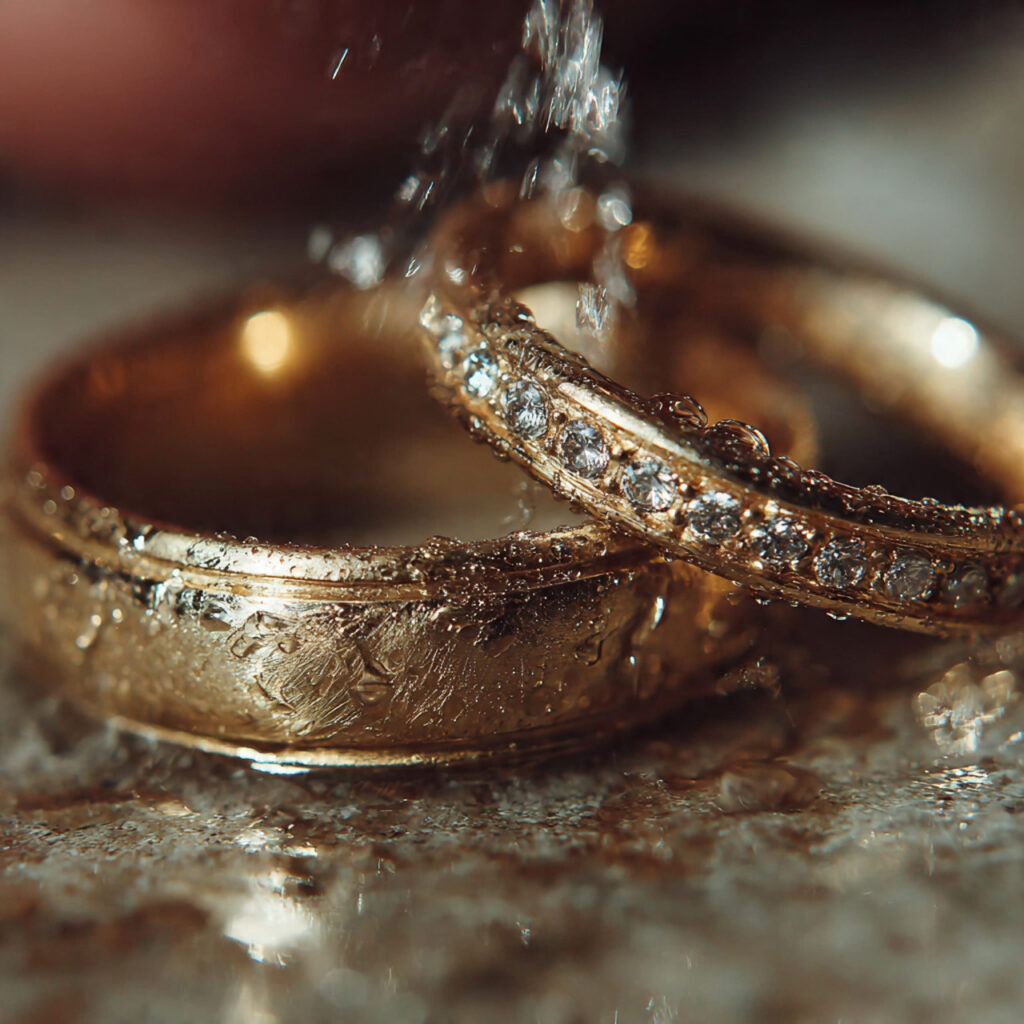
Some couples incorporate a brief blessing of the rings before exchanging them. This draws directly from religious polish wedding traditions. It’s either done by a priest or by parents during the home blessing portion.
Polish Toastmaster Called Wodzirej

A wodzirej orchestrates the night—games, dancing, entrances, traditions. They preserve the rhythm of polish wedding traditions while also ensuring guests stay engaged. Modern vodzirejs mix humor with professionalism.
The Traditional Rosół Soup Course
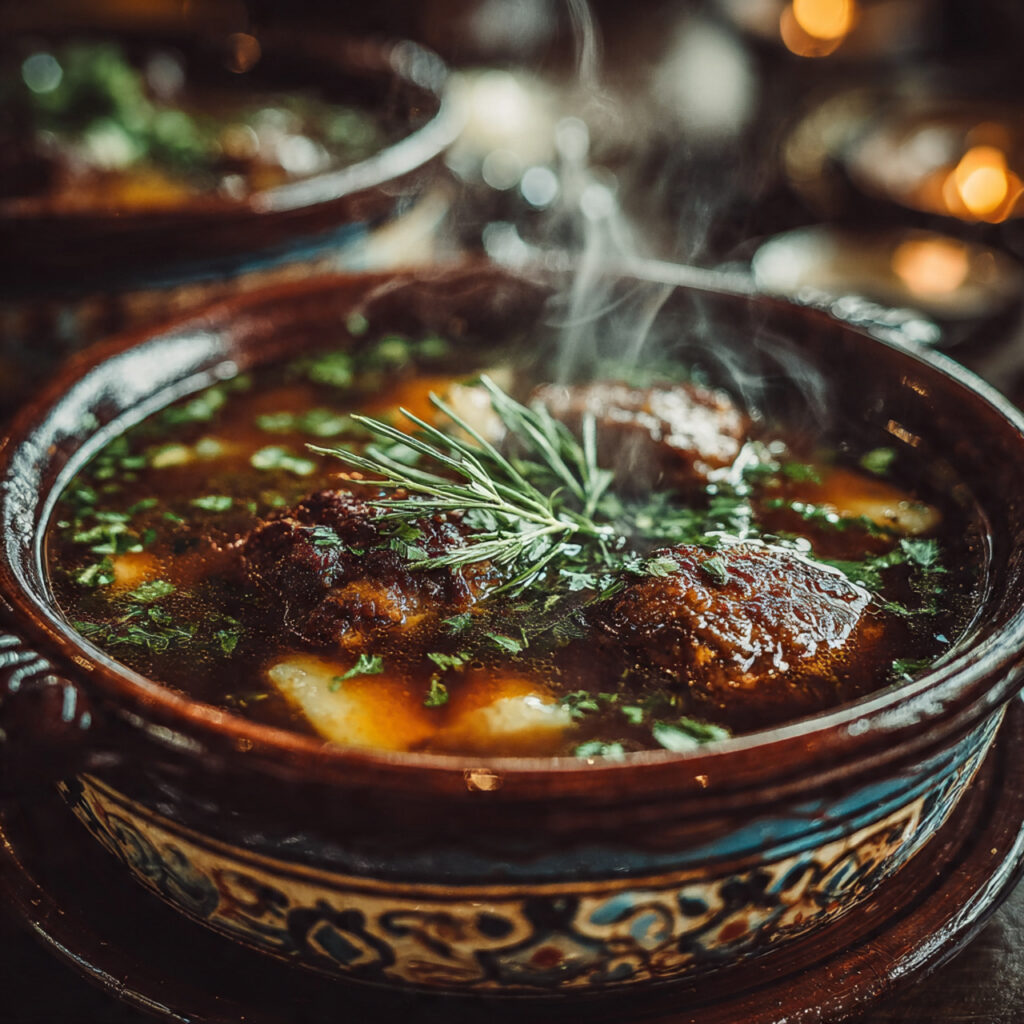
Rosół—a clear broth with noodles—is served late at night or as the first dish. It is comfort food and an expected component of polish wedding traditions. It restores energy and warms guests after hours of dancing.
Midnight Cake Presentation

While not required, many families now treat the cake cutting as part of the broader polish wedding traditions. Some include sparklers, folk music, or a short speech. It becomes a symbolic reset before the final round of dancing.
Two-Day Wedding Celebration
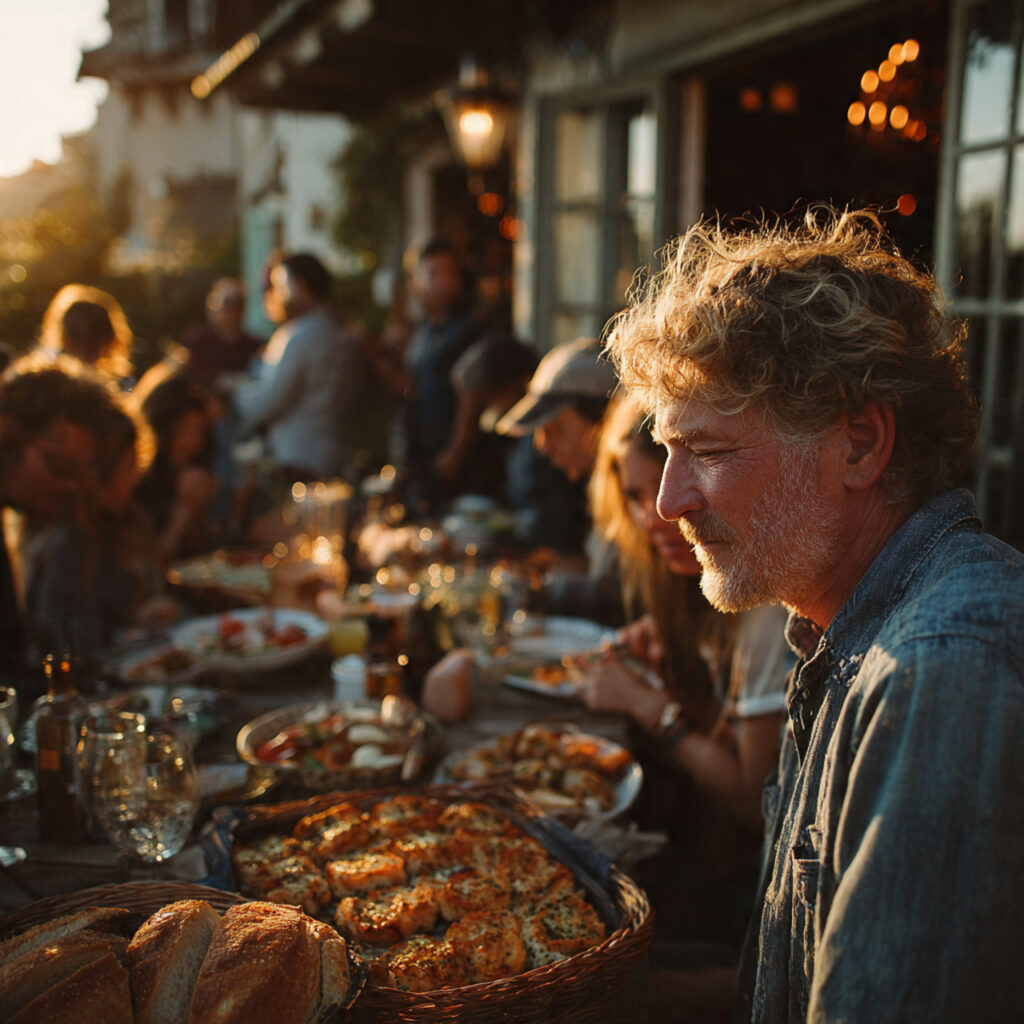
Historically, weddings in Poland lasted two or three days. Some couples revive this part of polish wedding traditions by hosting a relaxed second day known as poprawiny. It includes comfort food, leftover cake, and a slower pace with close friends and family.
Gift-Giving Tradition Focused on Practicality

Guests traditionally offer envelopes rather than objects. Polish wedding traditions emphasize practicality—supporting the couple’s new life. Some couples set up a symbolic chest or decorated box to honor this custom.
FAQs
1. Do all modern couples still follow polish wedding traditions?
No. Many choose a blend of modern and old-world customs. Some keep only the parental blessing or bread and salt ceremony. Flexibility is normal.
2. Does a Polish wedding always include a church ceremony?
Not anymore. Many couples marry in civil offices, outdoor venues, or hybrid spaces. Tradition adapts easily to preference.
3. Is vodka mandatory in polish wedding traditions?
No, but it is strongly associated with Polish hospitality. Couples who prefer wine or non-alcoholic options simply reinterpret the rituals.
4. Are oczepiny games mandatory at midnight?
Not mandatory, but common. Couples often design modern versions or shorten the ceremony to keep the night flowing.
5. How late do Polish weddings usually last?
Most go past 3 a.m., with many lasting until sunrise. Some families host poprawiny the next day for a full weekend celebration.
Conclusion
Polish wedding traditions carry depth, symbolism, and an intergenerational sense of belonging. Whether you embrace one ritual or incorporate all of them, each tradition offers emotional richness and cultural grounding. Modern couples don’t use these customs out of obligation they choose them because they add meaning, structure, humour, and memory to one of life’s most important events. When integrated with intention, these traditions transform a wedding day into a celebration of roots, identity, and enduring partnership.

